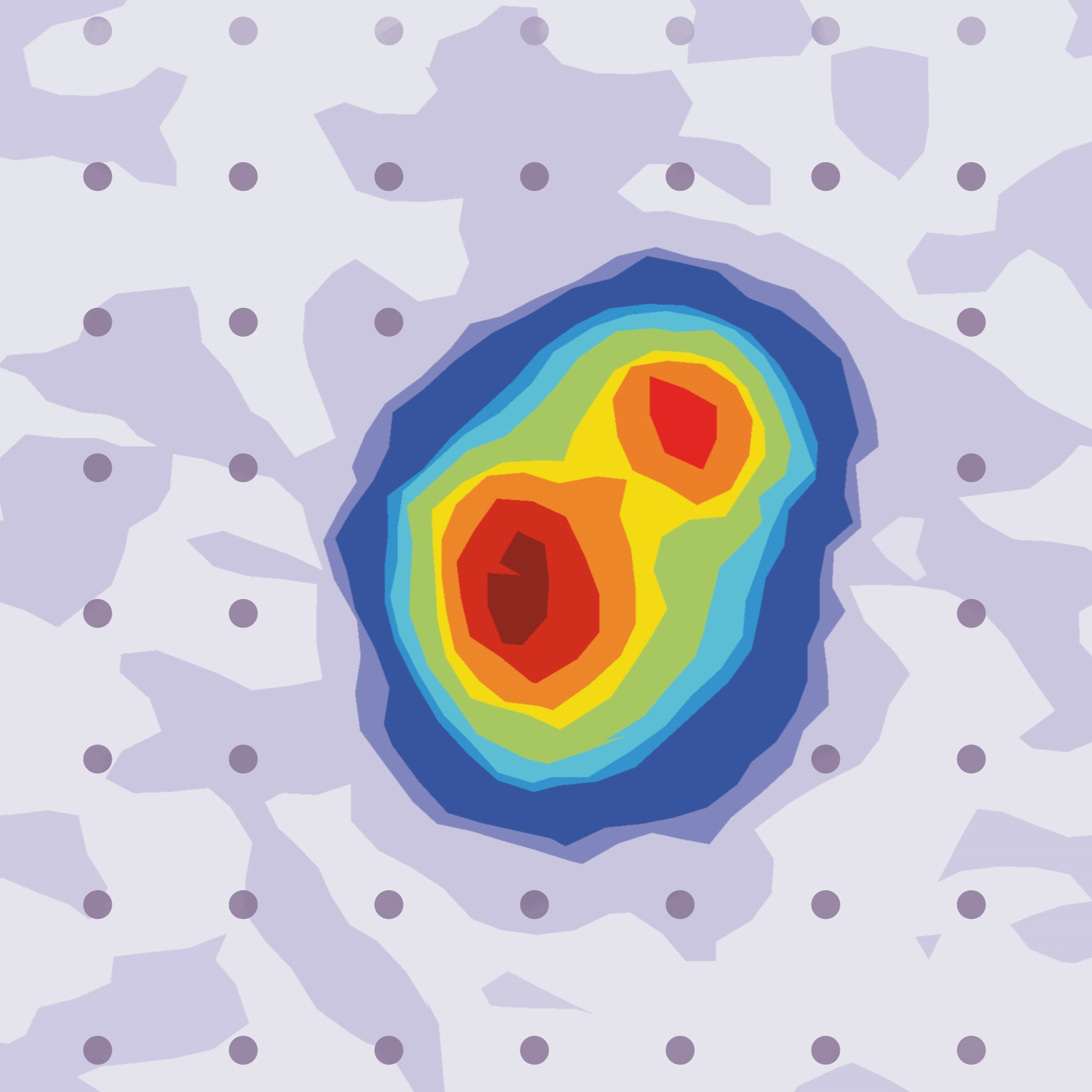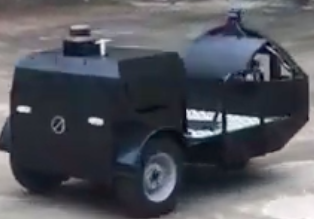Projects

Alzheimers disease (AD) currently affects about 5.3 million individuals in United States and more than 30 million worldwide with a significant increase predicted in the near future. Identifying markers that can affect the disease using machine learning techniques is important for timely treatment.
-Mariamma

Networks are ubiquitous in nature and they generally tend to have community structure in them. For example, in social networks, we form communities within ourselves and tend to be connected with more people who belong to our community. In real-world networks, these communities are found to be overlapping, i.e. each node can belong to several communities. E.g. in a social network, we connect with our family, friends and colleagues, all belonging to different communities. Detecting such overlapping communities with provable error bounds and scalability to massive networks is the primary goal of this project.
-Rishabh Gupta

Ever struggled with writing code? Ever wondered how great would it be if somehow your ideas automatically gets converted to program? Program Synthesis is that domain of formal methods that deals with generating programs from a given specification. While a complete automation is the ambition of this field, there are a lot of active research going on. Combining ML techniques with the problem of synthesizing programs from a given user specification is the recent development in the domain. This project aims to explore the usefulness of Machine Learning in Program Synthesis.
-Ravi Raja

Has the concept the Autonomous vehicles already transformed from fiction to reality? Has the development in this avenue reached the plateau? Not yet, Level 5 autonomy is not even in the picture. The pinnacle will be reached when the AV will have the capability to sense and perceive the environment with human accuracy. Simultaneous localization and mapping(SLAM) is a major component. Developing SLAM is the task of constructing or updating a map of an unknown environment while simultaneously keeping track of an agent’s location within it. Currently, our team in collaboration with Ati motors is working on SLAM, occlusion handling.
-Dhiraj D. Shanbhag

In this project, we sought to develop technological assistance for improving communication in autistic children using social robotics. Using a robot, we have built conversational AI-based solutions and demonstrated a proof of concept (POC) at ASHA, a leading special needs school. The POC mainly focused on improving communication challenges faced by ASD children. At the end of seven sessions with six children, there was a reduction in the prompts needed by all the children to perform tasks and the accuracy of answers also increased. Two of the children performed tasks in English (which was not their language of choice and not used by special educators in their classrooms). One child had an improvement in sentence construction while interacting with the robot and another child showed improved motivation to write and recall spellings due to the robot’s feedback.
-Nabanita and Siddharth
We develop DSLR, a deep generative model which learns a mapping between dynamic scan to its static counterpart through an adversarially trained autoencoder. Our model yields the first solution for DST on LiDAR that generates static scans without using explicit segmentation labels. DSLR cannot always be applied to real world data due to lack of paired dynamic-static scans. Using Unsupervised Domain Adaptation, we propose DSLR-UDA for transfer to real world data and experimentally show that this performs well in real world settings. Additionally, if segmentation information is available, we extend DSLR to DSLR-Seg to further improve the reconstruction quality. DSLR gives the state of the art performance on simulated and real-world datasets and also shows at least 4× improvement. We show that DSLR, unlike the existing baselines, is a practically viable model with its reconstruction quality within the tolerable limits for tasks pertaining to autonomous navigation like SLAM in dynamic environments.
-Prashant Kumar, S. Sahoo and others
COVID-SWIFT is a free Whatsapp based service to provide a swift diagnosis of potential COVID19 patients by analyzing Chest X-Ray images. Our state-of-the-art deep learning model generates a report containing predictions for COVID-19 and 14 other lung abnormalities with interpretable semantic markings on chest X-Ray. This can help doctors understand the severity of illness of their patients. We ran a small scale pilot for the last 10 months, where interested doctors within minutes, could receive a machine generated X-ray Report on sending us chest X-Ray of suspicious patients. Our model is trained using Multi-Task Learning on multiple chest X-Ray datasets by NIH, RSNA, etc. We will soon be sharing our paper with further details.
COVID-SWIFT has now been launched as XraySetu in collaboration between IISc, Niramai, and ARTPARK. Xraysetu is quick and simple for busy doctors to use. XraySetu allows doctors in rural areas to plan early intervention for their patients by simply taking a picture of their Xray and sending it over via Whatsapp. We believe that this could be the model for the future of Indian healthcare, accessible to everyone wherever one might be.
-Sabyasachi Sahoo (IISc), Rachit Shah (IISc), Siva Teja Kakileti (Niramai), Prateek Katte(Niramai)
